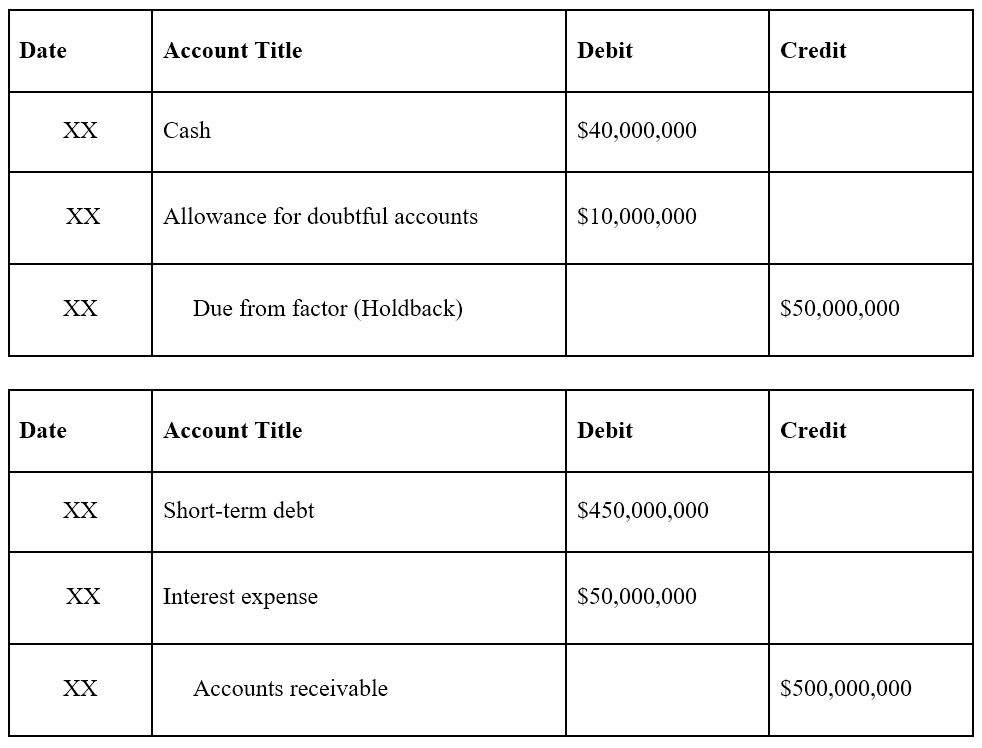
As stated above, various prominent items appear under operating expenses. Beyond that, companies also report other costs, such as rent, utilities, and similar items under operating expenses. However, companies may also present other operating expenses under ultimate guide to small business finance management this head. In most cases, these expenses differ from the prevalent items listed above. The total cost formula is important because it helps management calculate the profitability of their business. It helps managers pinpoint which fixed or variable costs could be reduced to increase profit margins.
However, the potato supplier may offer the restaurant chain a price of $0.45 per pound when it buys potatoes in bulk amounts of 200 present and future value to 500 pounds. Volume discounts generally have a small impact on the correlation between production and variable costs, and the trend otherwise remains the same. Ideally, companies look to keep operating costs as low as possible while still maintaining the ability to increase sales. One effective way to save on operating expenses is by reviewing your recurring bills regularly. Check for any unnecessary subscriptions or services that you may be paying for and cancel them immediately.
This distinction is essential for understanding a company’s core business performance, as non-operating expenses do not reflect the cost of producing goods or rendering services. They appear on the income statement and are deducted from the revenue to calculate the operating profit. A careful analysis of operating expenses can help businesses identify inefficiencies and make informed decisions to minimize unnecessary costs, thereby increasing their profitability. The first step in calculating operating expenses is to track and categorize all of your business expenses.
Financial Controller: Overview, Qualification, Role, and Responsibilities
Nonetheless, they fall under operating expenses on the income statement. For businesses, operating expenses may typically include supplies, advertising expenses, administration fees, wages, rent, and utility costs. Operating expenses significantly influence a business’s performance by directly impacting profit margins and operating income. These expenses comprise the day-to-day costs required to keep a business running, such as salaries, rent, advertising, and maintenance costs. They play a critical role in determining a company’s financial health and profitability. Operating expenses are all the normal costs of running a business and are divided into both fixed costs and variable costs.
These expenses are essential for analyzing a company’s operational performance and efficiency. what are t accounts definition and example Understanding the various components of operating expenses is crucial for businesses to manage their costs and determine the impact they have on overall performance. Operating expenses do not represent a specific cost during operations. Instead, it accumulates various items related to business activities within a company. Usually, companies provide a breakdown of operating expenses in the notes to the financial statements. The most prevalent types of operating expenses include several fixed costs.
- Operating expenses are important because they help assess a company’s costs, reduce operating costs, and stock management efficiency.
- With their expertise, you can identify cost-saving opportunities and optimize your operations for long-term success.
- On top of that, it also classifies those items into several categories.
- Understanding what qualifies as an operational expense is important because these costs affect profitability ratios such as net income margins and gross profit margins.
- It can also automatically organize categories such as office expenses, travel expenses, and equipment expenses.
- For example, the fast-food company may buy its potatoes at $0.50 per pound when it buys potatoes in amounts of less than 200 pounds.
Understanding Operating Costs

Most operating expenses are tax-deductible, so it’s important to track and categorize your operating expenses so you can make the most of your tax return. Operating expenses are important because they help assess a company’s costs, reduce operating costs, and stock management efficiency. Essentially, they highlight the level of cost a company needs to make to generate revenue, which is ultimately the main goal of any business. When a business doesn’t successfully track its operating expenses, it can end up losing money on spending oversights. Diligent accounting of operating expenses keeps profits on growth for continued success.
Cost Reduction Strategies
In other words, operating expenses are the costs that a company must make to perform its operational activities. These costs are an essential part of running a business and contribute directly to the company’s day-to-day operations. Higher operating expenses typically mean less profits for a business, since operating costs are deducted from revenue. CapEx includes costs related to acquiring or upgrading capital assets such as property, plant, and equipment. These expenses, unlike operating expenses, can be capitalized for tax purposes.
Operational Activities
You can calculate the operating expenses by adding all the costs together. Companies that do this do so because they believe that expanding their year-end operating budget might secure the excess funding they need for the next year. These types of expenses are better listed in a separate section than under the general umbrella of operating expenses, although many companies still operate this way. For example, if your company manufactures and sells an unusually large volume of product in one month, you’ll pay a greater amount to ship that product to your client. Things like transportation and fuel costs, seasonal labor, and raw materials are variable costs. One of the responsibilities that management must contend with is determining how to reduce operating expenses without significantly affecting a firm’s ability to compete with its competitors.

Deje su comentario
Debe iniciar sesión para escribir un comentario.